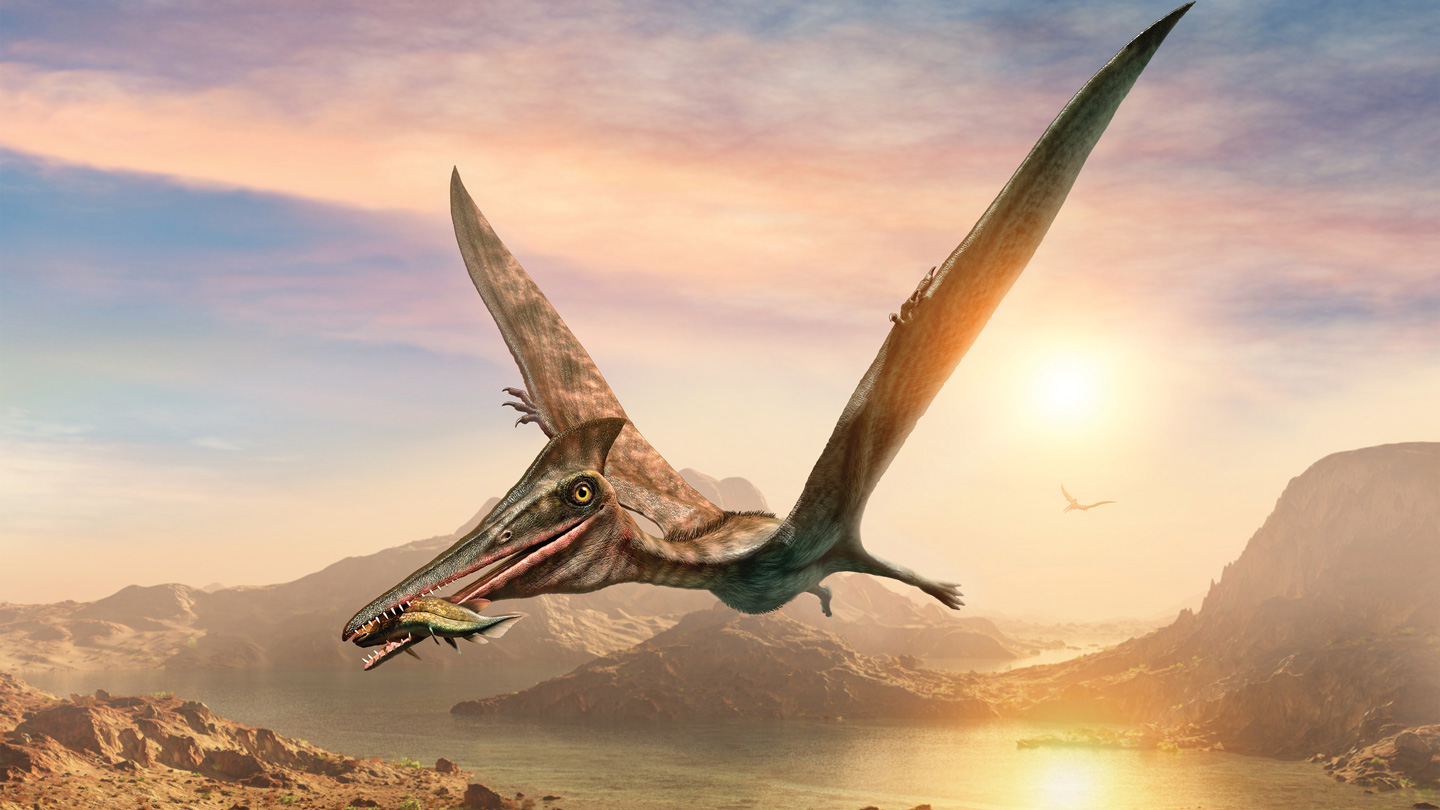In an eat-or-be-eaten world, flight conveys a bevy of benefits. A creature that takes to the third dimension can more easily escape earthbound predators, dine off a much broader menu or drop down on unsuspecting victims from above. Flying also allows an animal to cover distance more quickly, forage more efficiently and find mates more easily.
What caused pterosaurs’ demise is clear: The same asteroid that wiped out the non-avian dinosaurs about 66 million years ago also took them out — along with more than 75 percent of all life on Earth (SN: 7/4/20 & 7/18/20, p. 10). But how pterosaurs took to the air in the first place remains a big mystery. “We don’t have any properly transitional fossils for pterosaurs, or at least ones that we recognize,” says Matthew Baron, a freelance vertebrate paleontologist.
Despite the gap in the early fossil record, recent research offers clues to who pterosaurs’ earliest cousins were and what they looked like, and how pterosaurs evolved from small, flitting creatures into an incredibly varied group. They eventually occupied ecosystems worldwide and consumed a wide variety of prey — getting bigger and spreading farther earlier than previously thought, recent studies reveal. Some grew bizarre crests atop their heads, while others sported mouths full of teeth that projected threateningly at various angles.
“Some pterosaurs looked like creatures from your nightmares,” says Brian Andres, a vertebrate paleontologist at the University of Sheffield in England.
2023-05-05 06:00:00
Source from www.sciencenews.org
